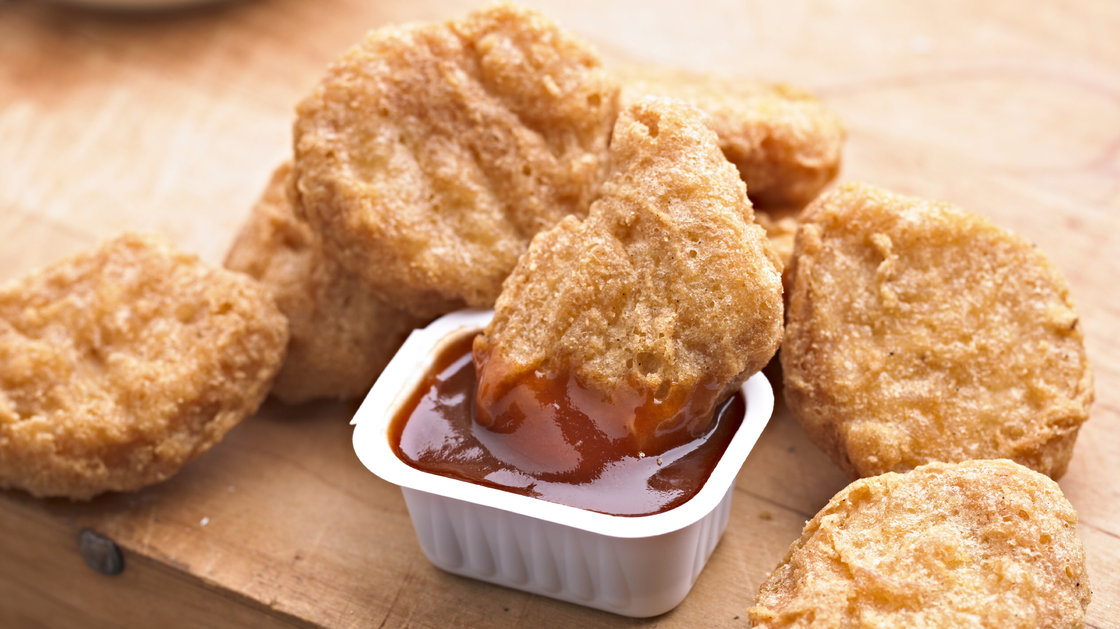That's a pretty disturbing thought for anyone who's followed the slew of stories regarding food safety failures in China in recent years. As we've previously reported on The Salt, this year alone, thousands of dead pigs turned up in the waters of Shanghai, rat meat was passed off as mutton and — perhaps most disconcerting for U.S. consumers — there was an outbreak of the H7N9 bird flu virus among live fowl in fresh meat markets.
What's more, critics fear that the changes could eventually open the floodgates for a whole slew of chicken products from China. As the industry publication World Poultry notes:
"It is thought ... that the government would eventually expand the rules, so that chickens and turkeys bred in China could end up in the American market. Experts suggest that this could be the first step towards allowing China to export its own domestic chickens to the U.S."
The USDA's decision comes with a backdrop of long-running trade disputes over meat between the U.S. and China. In a nutshell: China banned U.S. beef exports in 2003 after a case of mad cow disease turned up in a Washington state cow. Then, when the bird flu virus broke out widely among Asian bird flocks in 2004, the U.S. blocked imports of Chinese poultry. China challenged that decision in front of the World Trade Organization, which ruled in China's favor in 2010.
And, chicken lovers, brace yourselves: There's more. A report suggests chicken inspections here in the U.S. might be poised to take a turn for the worse. The Government Accountability Office said this week it has serious "questions about the validity" of the new procedures for inspecting poultry across the country.
Basically, these changes would replace many USDA inspectors on chicken processing lines with employees from the poultry companies themselves. The USDA has been piloting the new procedures, which will save money and significantly speed up processing lines, in 29 chicken plants. As The Washington Post reports, the plan is to roll out the new procedures eventually to "most of the country's 239 chicken and 96 turkey plants."
The problem? According to the GAO, the USDA did a poor job of evaluating the effectiveness of the pilot programs it has in place.
As a result, the report concludes, it's hard to justify the USDA's conclusions that the new procedures will do a better job than current approaches at cutting down on the number of dangerous bacteria like salmonella that pop up on the birds that will later end up on our dinner tables.
Still, the USDA maintains that the changes will, in fact, boost food safety. In a commentary published on Food Safety News, USDA food safety and inspections administrator Alfred Almanza writes, "If finalized and implemented broadly, this new inspection system would enable [USDA inspectors] to better fulfill our food safety mission. Nothing in the GAO's report contradicts this basic fact."
Copyright 2013 NPR.
